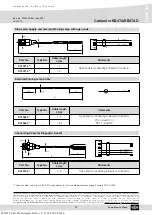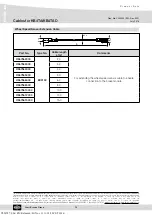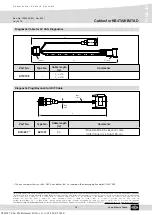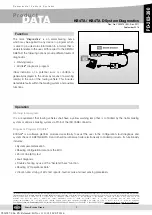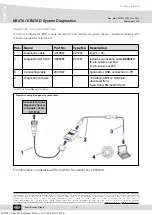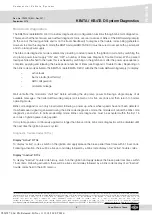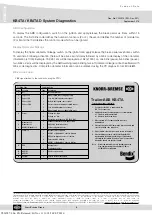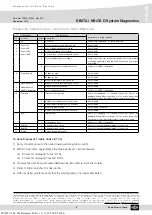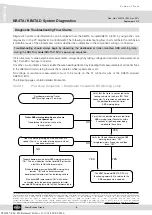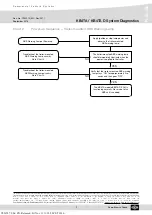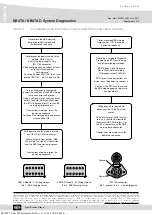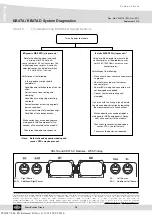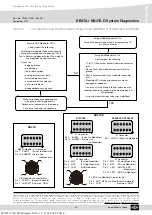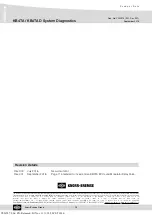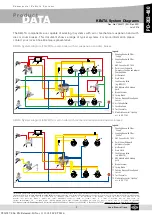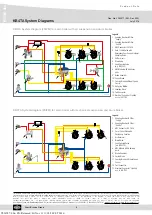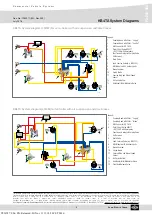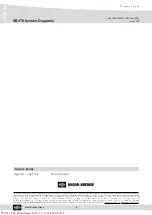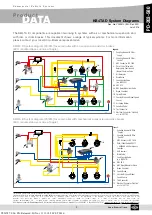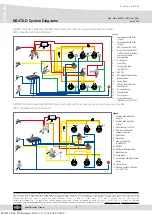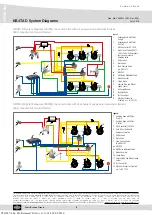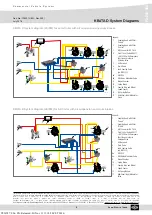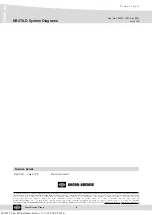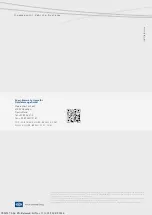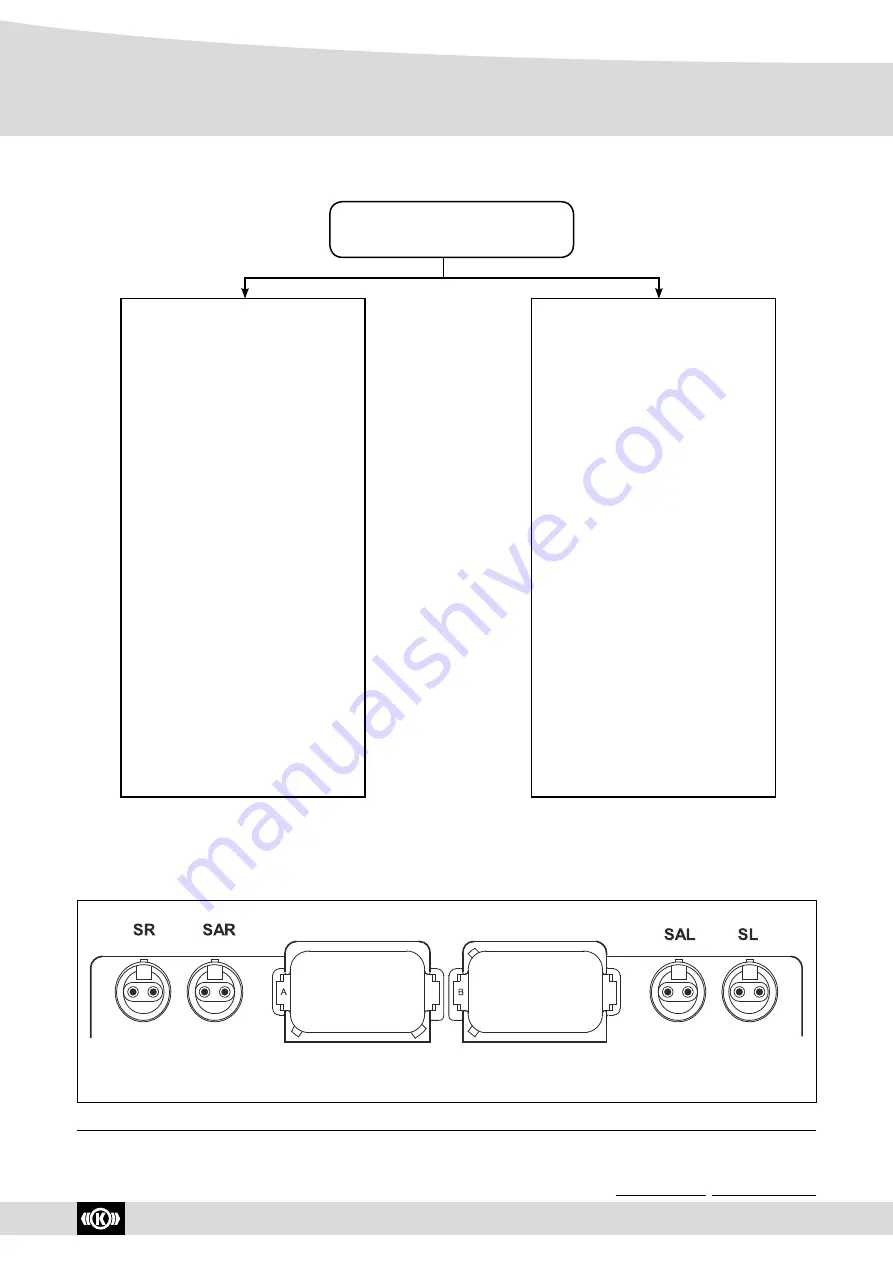
10
Knorr-Bremse Group
The information contained herein is subject to alteration without notice and therefore may not be the latest release. Please check our website www.knorr-bremseCVS.com for the latest update or contact your local Knorr-Bremse representative.
The figurative mark “K” and the trademarks KNORR and KNORR-BREMSE are registered in the name of Knorr-Bremse AG. Additional terms and conditions apply; please refer to our website knorr-bremseCVS.com for full Disclaimer.
Note: If service work is carried out on a vehicle based on information provided herein, it is the responsibility of the workshop to ensure the vehicle is fully tested and in full
functional order before the vehicle is returned into service. Knorr-Bremse accepts no liability for problems caused as a result of appropriate tests not being carried out.
Copyright © Knorr-Bremse AG - all rights reserved, including industrial property rights applications. Knorr-Bremse AG retains any power of disposal, such as for copying and transferring..
Knorr-Bremse Systeme für Nutzfahrzeuge GmbH . Moosacher Straße 80 . 80809 Munich . Germany . Tel: +49 89 3547-0 . Fax: +49 89 3547-2767 . www.knorr-bremse.com . www.knorr-bremseCVS.com
Doc. No. Y250910 (EN - Rev. 001)
September 2016
KB4TA / KB4TA D System Diagnostics
P r o d u c t D a t a
PD-203-390
Chart 5
Troubleshooting the Wheel Speed Sensors
* Note: Both static and dynamic wheel speed
sensor DTCs may be present.
X1
X2
KB4TA and KB4TA D Modules - WSS Pinning
SR -
Right Sensor
SAR- Additional Right Sensor
SL -
Left Sensor
SAL- Additional Left Sensor
Turn off power to module.
If Dynamic WSS DTC(s) is present: *
Rotate the effected wheel and verify
a minimum of 0.25 Volts AC
sensor output at 0,5 rev/sec across the
wheel speed sensor pins. A correctly
adjusted sensor can output more than
2.0 Volts AC at 1 rev/sec.
Verify/Inspect the following:
–
Is the speed sensor pushed in
completely?
–
Condition and retention force of sensor
clips.
–
Correct sensor lead routing and
clamping.
–
Condition of sensing ring mounting
and teeth.
–
Correct number of sensing ring teeth
per sensed wheel.
–
Correct adjustment of wheel bearings.
–
Condition of foundation brakes.
Make corrections as needed (replace
wiring and/or ABS components). Re-
connect all connectors to the module.
Then rerun the power-up sequence.
If static WSS DTC(s) is present: *
Using a volt/ohm meter to measure the
connector pins of the problem sensor,
verify 950-1950 Ohms across sensor
connector pins.
Verify/Inspect the following:
–
No continuity from sensor connector pins
to ground.
–
Vbat not measured at either sensor
connector pins.
–
Sensor/ECU wiring and connectors are
not damaged or corroded.
–
Correct sensor lead routing and
clamping.
If an issue with the wiring is found isolate
the area needing correction by repeating
the measurements at all connections.
Make corrections as needed (replace
wiring and/or ABS components). Recon-
nect all connectors to the module.
Then check for dynamic wheel speed
sensor DTCs, see left column.
Then rerun the power-up sequence.
Y026787: 006: EN: Released: Fri Nov 11 11:18:50 CET 2016:


